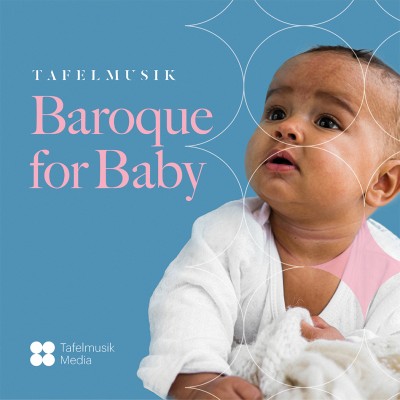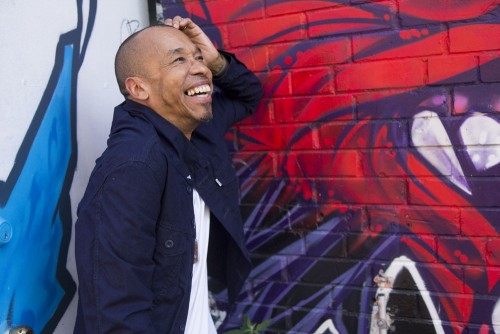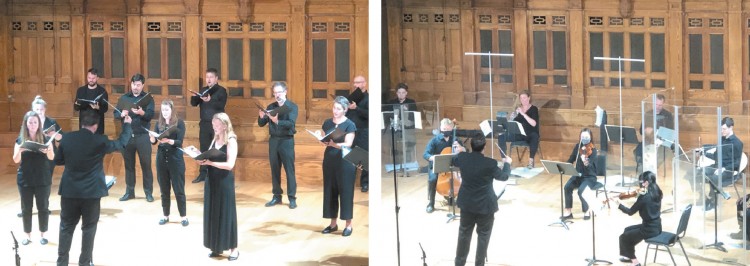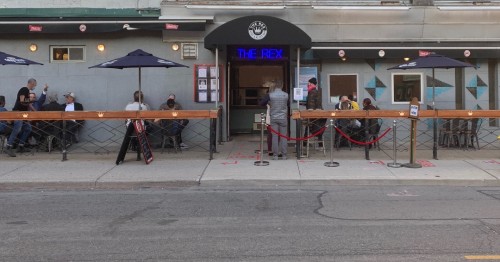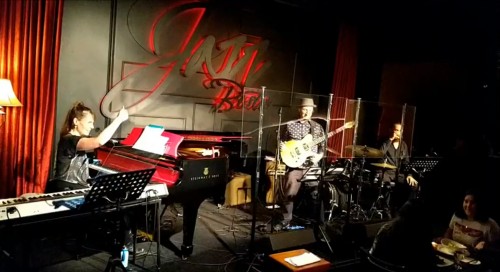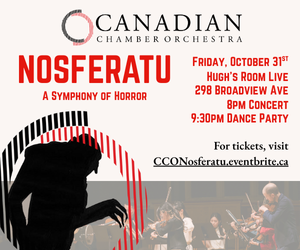MSC’s UnCovered Reinvented
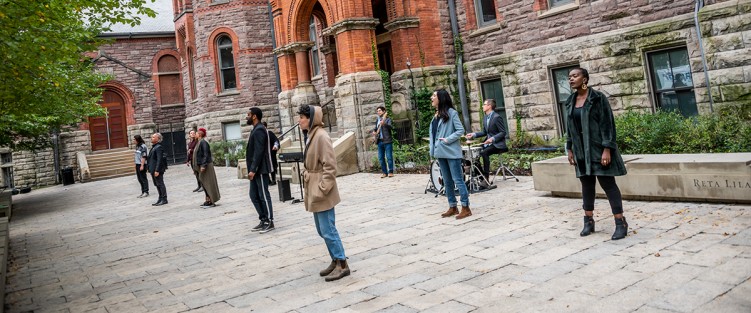 As Halloween approaches, I would normally be looking forward to going to Toronto’s beautiful Koerner Hall for one of my favourite events in the fall music theatre calendar – The Musical Stage Company’s annual UnCovered concert. Clearly, this won’t be taking place this year as it usually does, so I got in touch with company founder and artistic director Mitchell Marcus to find out about how the company is reinventing itself in response to the pandemic. What struck me most in our conversation was a sense of renewed emphasis on the importance of creating, maintaining and expanding community through the sharing of music and storytelling.
As Halloween approaches, I would normally be looking forward to going to Toronto’s beautiful Koerner Hall for one of my favourite events in the fall music theatre calendar – The Musical Stage Company’s annual UnCovered concert. Clearly, this won’t be taking place this year as it usually does, so I got in touch with company founder and artistic director Mitchell Marcus to find out about how the company is reinventing itself in response to the pandemic. What struck me most in our conversation was a sense of renewed emphasis on the importance of creating, maintaining and expanding community through the sharing of music and storytelling.
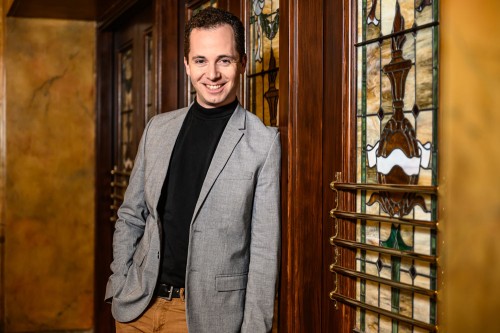 Community has always been at the heart of Musical Stage’s mandate, he told me, but with the company’s rebranding in 2017, and recent explosive expansion, “perhaps we have lost a little bit of that.” But with the intense process of the last seven months it has come very much back into focus. Like other companies forced to pivot when theatres were shut down in the middle of March, MSC has leapt into the new world of experimentation: with small outdoor physically distanced live shows (Porchside Songs); with rehearsals and workshops conducted online via Zoom; and, most prominently, by reimagining their signature annual theatrical concert, UnCovered.
Community has always been at the heart of Musical Stage’s mandate, he told me, but with the company’s rebranding in 2017, and recent explosive expansion, “perhaps we have lost a little bit of that.” But with the intense process of the last seven months it has come very much back into focus. Like other companies forced to pivot when theatres were shut down in the middle of March, MSC has leapt into the new world of experimentation: with small outdoor physically distanced live shows (Porchside Songs); with rehearsals and workshops conducted online via Zoom; and, most prominently, by reimagining their signature annual theatrical concert, UnCovered.


